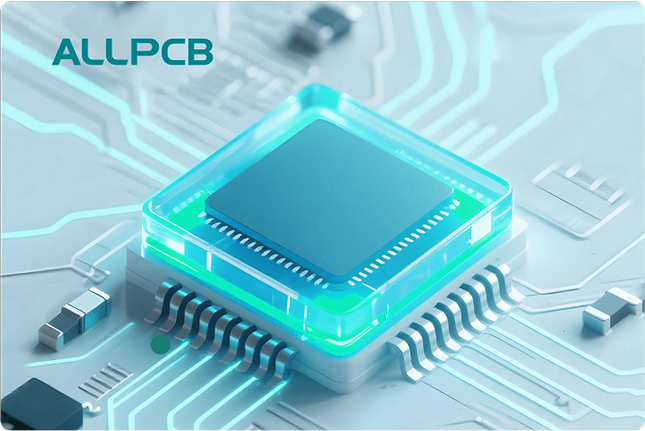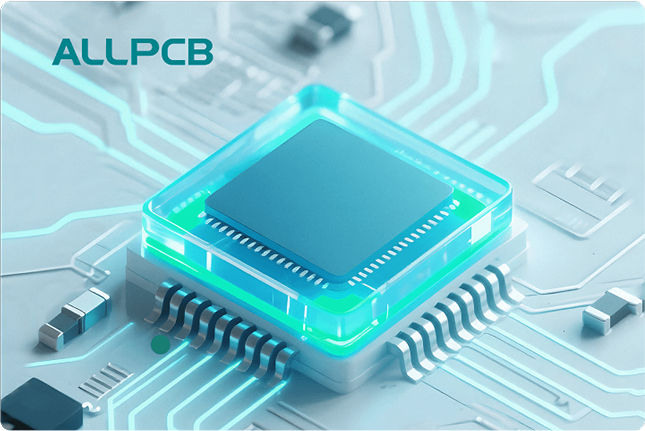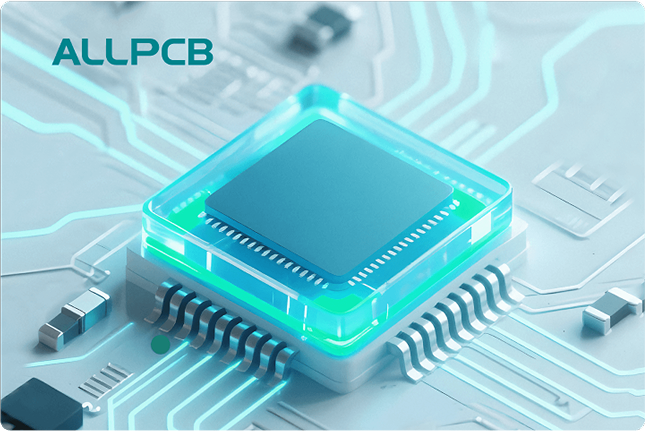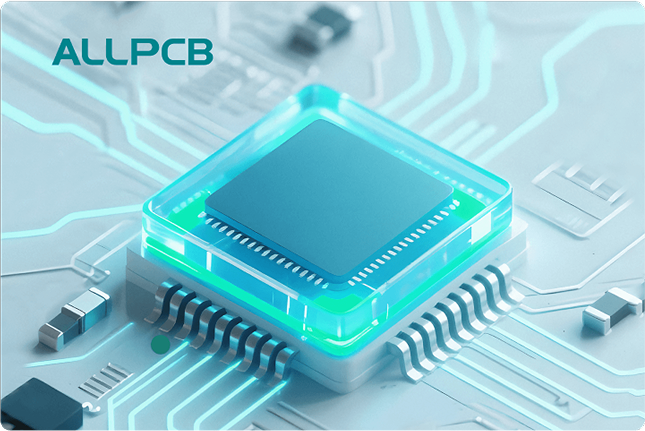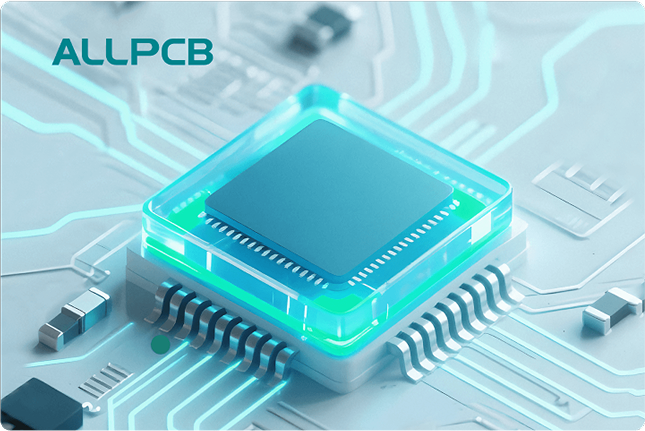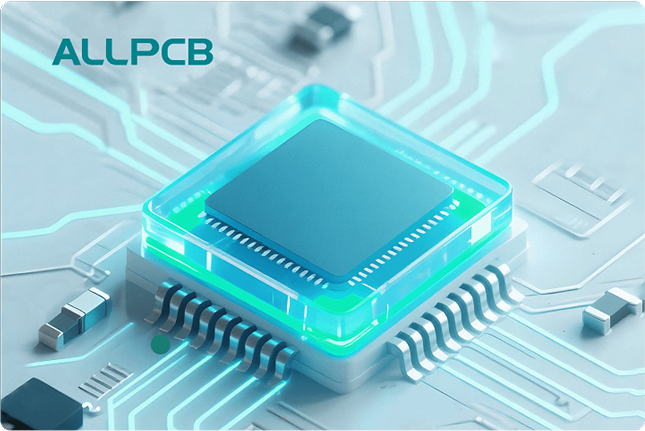Flux plays a critical role in PCB assembly, ensuring strong solder joints by cleaning surfaces and preventing oxidation. However, improper use of flux or mismatched materials can lead to flux damage, soldering problems, and even corrosion over time. So, how can you ensure component compatibility and material compatibility to avoid these issues? In this comprehensive guide, we’ll dive into the relationship between flux and components, explore common pitfalls, and provide actionable tips for preventing damage during PCB assembly. Whether you’re an engineer or a hobbyist, this post will help you achieve reliable, long-lasting results.
Understanding the Role of Flux in PCB Assembly
Flux is a chemical agent used during soldering to improve the quality of solder joints in PCB assembly. Its primary functions are to remove oxides from metal surfaces, enhance wetting (the ability of solder to flow and bond with components), and protect against re-oxidation during the heating process. Without flux, solder may not adhere properly, leading to weak joints or soldering problems like cold solder joints or bridging.
However, not all fluxes are created equal. Different types of flux—rosin-based, water-soluble, and no-clean—have unique properties that impact component compatibility and material compatibility. Choosing the wrong flux can cause flux damage, such as residue buildup, which may lead to corrosion or electrical failures over time. Understanding how flux interacts with components and PCB materials is the first step to preventing these issues.
Common Types of Flux and Their Impact on Components
Flux comes in several forms, each with specific applications and potential risks to components during PCB assembly. Let’s break down the most common types and how they relate to component compatibility.
Rosin-Based Flux
Rosin flux, derived from pine resin, is one of the oldest and most widely used types. It is mildly active and works well for general-purpose soldering. However, rosin flux leaves behind a sticky residue that, if not cleaned, can attract dust and moisture, potentially causing corrosion. For sensitive components like microcontrollers or high-impedance circuits (often exceeding 1 MΩ), this residue can interfere with electrical performance.
Water-Soluble Flux
Water-soluble flux is more aggressive and effective at removing oxides, making it ideal for challenging soldering tasks. However, it is highly conductive and must be thoroughly cleaned after soldering. If residue remains, it can cause short circuits or corrosion, especially in humid environments. This type of flux is often incompatible with delicate components unless strict cleaning protocols are followed.
No-Clean Flux
No-clean flux is designed to leave minimal residue that is non-conductive and non-corrosive, reducing the need for post-soldering cleaning. It’s a popular choice for modern PCB assembly due to its convenience. However, in high-reliability applications, even no-clean flux residue can pose risks if exposed to extreme conditions like high humidity or temperature fluctuations (e.g., above 85°C or 85% relative humidity). Material compatibility with no-clean flux should be tested for critical projects.
How Flux Damage Affects Component Compatibility
Flux damage occurs when the chemical properties of flux interact negatively with components or PCB materials. This can manifest in several ways during or after PCB assembly, including:
- Residue Buildup: Leftover flux can create a conductive path, leading to electrical leakage or short circuits. For example, in circuits with signal speeds above 100 MHz, even minor residue can degrade performance.
- Corrosion: Certain fluxes, especially water-soluble ones, can absorb moisture over time, leading to corrosion of metal surfaces. This is a significant concern for components with exposed leads or thin coatings.
- Thermal Stress: Some fluxes release gases or residues during soldering that can weaken component housings or coatings, especially for plastic-encapsulated parts exposed to temperatures above 260°C.
Component compatibility is a key factor in avoiding these issues. For instance, components with gold-plated leads may react poorly to aggressive fluxes, resulting in weakened bonds or surface damage. Similarly, certain PCB substrates, like FR-4, may absorb flux residues if not properly sealed, leading to long-term reliability issues.
Material Compatibility: Matching Flux with PCB and Components
Material compatibility between flux, components, and the PCB itself is crucial for successful assembly. Mismatched materials can lead to soldering problems and long-term failures. Here are key considerations for ensuring compatibility:
PCB Substrate Compatibility
Most PCBs are made from FR-4, a fiberglass-epoxy laminate. While FR-4 is generally resistant to mild fluxes like rosin or no-clean, aggressive water-soluble fluxes can penetrate micro-cracks in the substrate if not cleaned properly, leading to delamination or electrical issues. For high-frequency applications (above 1 GHz), consider using substrates like Rogers materials, which may require specific low-residue fluxes to maintain signal integrity.
Component Lead and Coating Compatibility
Components with tin-lead or silver finishes are generally compatible with most fluxes. However, gold-plated or nickel-palladium finishes can suffer from leaching or poor wetting if paired with overly aggressive fluxes. Always check the component datasheet for recommended soldering conditions and flux types. For example, soldering temperatures above 300°C with certain fluxes can degrade gold finishes, reducing bond strength by up to 30%.
Solder Alloy Compatibility
The type of solder alloy used—such as lead-free SAC305 (Sn96.5Ag3.0Cu0.5)—also impacts flux choice. Lead-free solders often require more active fluxes due to higher melting points (around 217°C compared to 183°C for leaded solders), but overly active fluxes can damage sensitive components. Balancing flux activity with solder requirements is essential for preventing damage.
Soldering Problems Caused by Flux Mismatches
Soldering problems often arise from improper flux selection or application, directly affecting the quality of PCB assembly. Here are some common issues tied to flux and how they impact the process:
- Poor Wetting: If the flux isn’t active enough, solder may not spread evenly across pads and leads, resulting in weak joints. This is common with no-clean fluxes on heavily oxidized surfaces.
- Bridging: Excessive flux can cause solder to flow between closely spaced pads, creating shorts. This is a frequent issue in fine-pitch components with lead spacing below 0.5 mm.
- Voiding: Trapped flux residues under components like BGAs (Ball Grid Arrays) can vaporize during reflow, creating voids that weaken joints. Studies show voiding rates can exceed 25% with improper flux application.
To avoid these soldering problems, always match the flux activity level to the soldering conditions and component requirements. Additionally, control the amount of flux applied—too much can be as problematic as too little.
Preventing Corrosion with Proper Flux Handling
Preventing corrosion is a top priority in PCB assembly, as it directly affects the lifespan and reliability of the final product. Flux residues are a leading cause of corrosion, especially in humid or harsh environments. Here’s how to minimize risks:
Thorough Cleaning After Soldering
For fluxes that require cleaning, such as water-soluble types, use isopropyl alcohol (IPA) or specialized cleaning solutions with a brush or ultrasonic cleaner. Ensure all residues are removed, especially under components where moisture can accumulate. Studies indicate that uncleaned water-soluble flux can reduce insulation resistance by over 50% in high-humidity conditions (above 80% RH).
Use No-Clean Flux for Low-Risk Applications
In non-critical applications, no-clean flux can reduce the risk of corrosion by minimizing residue. However, test the assembly under expected operating conditions to ensure residue doesn’t degrade performance over time.
Apply Conformal Coating
After soldering and cleaning, applying a conformal coating can protect the PCB from moisture and contaminants. Silicone or acrylic coatings are effective barriers, reducing corrosion risk even if minor flux residues remain. This is especially important for assemblies exposed to temperature swings or humidity levels above 60%.
Best Practices for Flux and Component Compatibility
To ensure successful PCB assembly without flux damage or soldering problems, follow these best practices:
- Review Datasheets: Always check component and material datasheets for recommended flux types and soldering conditions. This helps ensure material compatibility and prevents unexpected reactions.
- Test Small Batches: Before full-scale production, test flux and soldering processes on a small batch of PCBs to identify potential issues like poor wetting or residue buildup.
- Control Soldering Temperature: Maintain soldering temperatures within the recommended range (typically 250-300°C for lead-free solders) to avoid thermal stress on components and flux degradation.
- Store Flux Properly: Improperly stored flux can degrade, losing effectiveness or becoming more corrosive. Store flux in a cool, dry place and follow manufacturer guidelines for shelf life.
- Monitor Humidity: Assemble and store PCBs in controlled environments with humidity below 60% to reduce the risk of moisture-related corrosion from flux residues.
Conclusion: Building Reliable PCBs with Proper Flux Management
Flux is an essential part of PCB assembly, but it must be used carefully to avoid flux damage, soldering problems, and corrosion. By focusing on component compatibility and material compatibility, you can prevent common issues and ensure strong, reliable solder joints. Whether you’re using rosin, water-soluble, or no-clean flux, always match it to your components, clean residues when necessary, and follow best practices for handling and storage.
At ALLPCB, we’re committed to helping you achieve high-quality PCB assembly with the right techniques and materials. By understanding the relationship between flux and components, you can build durable, high-performing electronics that stand the test of time. Implement the tips shared in this guide to streamline your soldering process and protect your projects from damage.
 ALLPCB
ALLPCB


